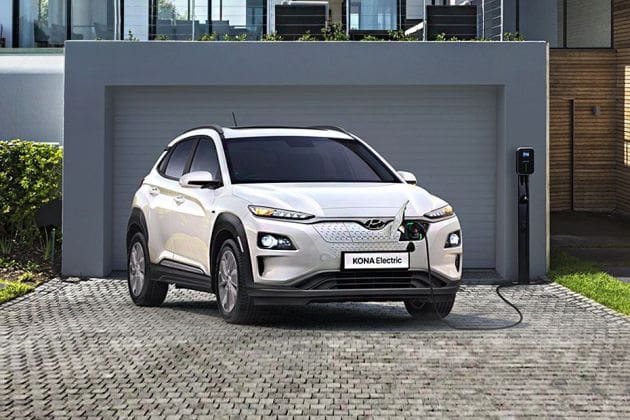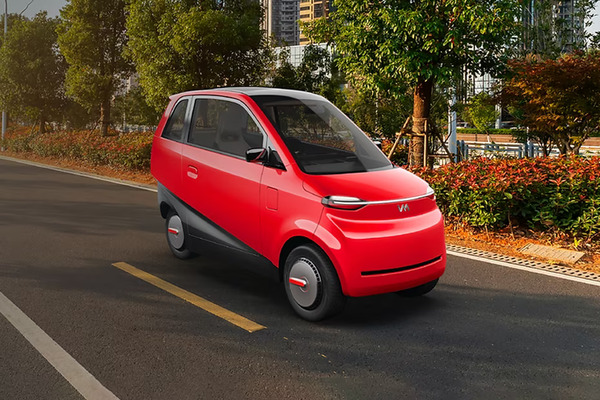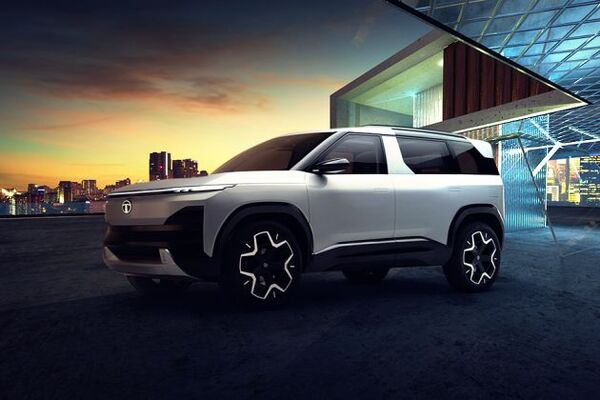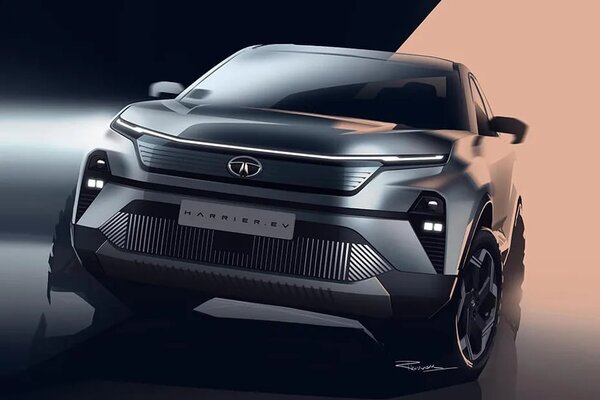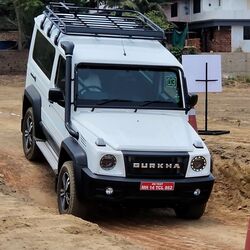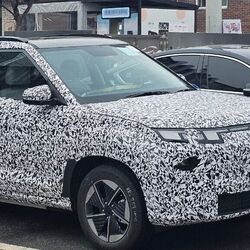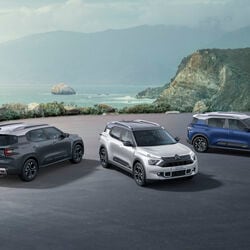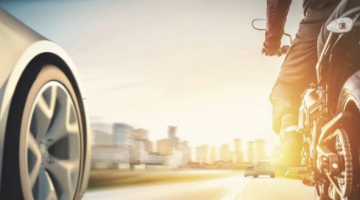Range anxiety? Here's how to get max per-charge distance from an electric car


Electric vehicles are making their presence known and felt the world over and this is now true in India as well. With the union as well as state governments going all out to popularize battery-powered vehicles, the number of options in two as well as four-wheeled segments is rising with passing time. But the concern over per-charge range of an EV remains omnipresent. And even with a proper charging infrastructure in place, there are certain driving practices that may ensure the need to halt for a charge is only minimal.
Here are top-five tips to ensure that you are able to get an optimal drive range in your electric car.
Tame the aggression
Most EVs are quite fun to drive and respond instantly at a press of a pedal. While it may be tempting to burst forward just because an electric car can, it is best advised to not accelerate randomly and to keep the speeds in check. This is because a smoother and more composed driving experience will not only save you from a traffic penalty but will also ensure the battery pack isn't drained too quickly.
Chill, don't chill
On a hot summer day, it may be tempting to turn the air-conditioning unit all the way down but be advised, it will take a toll on the battery and therefore the range. Instead, keep it at a comfortable level. Better still, turn the air conditioning on before getting inside the vehicle and while it is still on charge. Pre-cooling the car will ensure that you not only have the max range but can expect a comfortable cabin once it is actually time to set off.
Recycle braking
Most EVs brag about offering regenerative braking and its claims aren't hollow. Regenerative braking, to put it simply, allows wasted energy from lowering the speed of a vehicle to be sent back to charge the battery pack. This is also primarily why an EV within cities will have better per-charge range than out on open roads - more braking, more power goes back to battery.
Many EVs offer different levels of regenerative braking - intensity of slowing down when the foot is lifted off the accelerator varies. The strongest setting may be best for recharging the battery but choose one that suits your driving style.
Watch the weight
Much like a conventional car with an internal combustion engine, a fully loaded and packed EV will have a lower range than a car that is lighter. Remember, a battery pack itself usually has a sizable weight of its own. This is not to say you leave your less-than-favourite relatives at home but packing smart and removing luggage not required can help a car travel further per charge.
Also check these Cars
Plan to propel
When driving out an EV, it is very important to plan the route to the destination. While city commuting may not always need you to check for charging points and the shortest routes, longer drives can be most enjoyable if such factors are taken into consideration. Weather, elevation of road, terrain condition and the likes can have an impact on an EV range and so, be mindful of these as well.







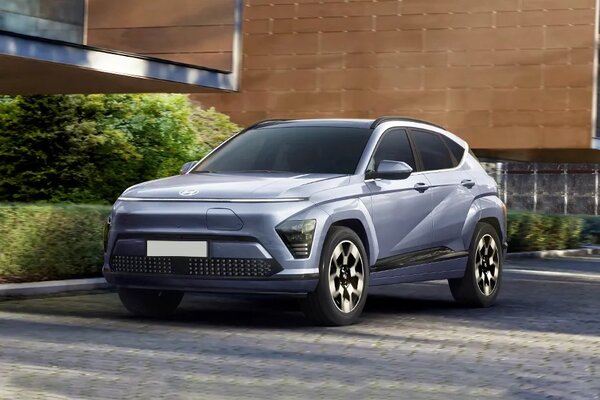
 64.8 kWh
64.8 kWh 418 Km
418 Km